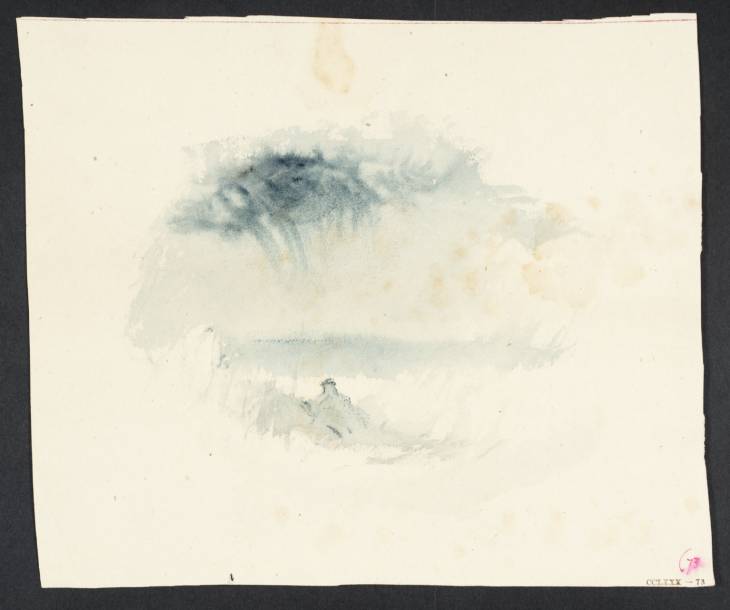References
How to cite
Meredith Gamer, ‘Vignette Study; for ?‘The Field of Waterloo’ for Scott’s ‘Life of Napoleon’ c.1834 by Joseph Mallord William Turner’, catalogue entry, August 2006, revised by Nicola Moorby, August 2008, in David Blayney Brown (ed.), J.M.W. Turner: Sketchbooks, Drawings and Watercolours, Tate Research Publication, December 2012, https://www

